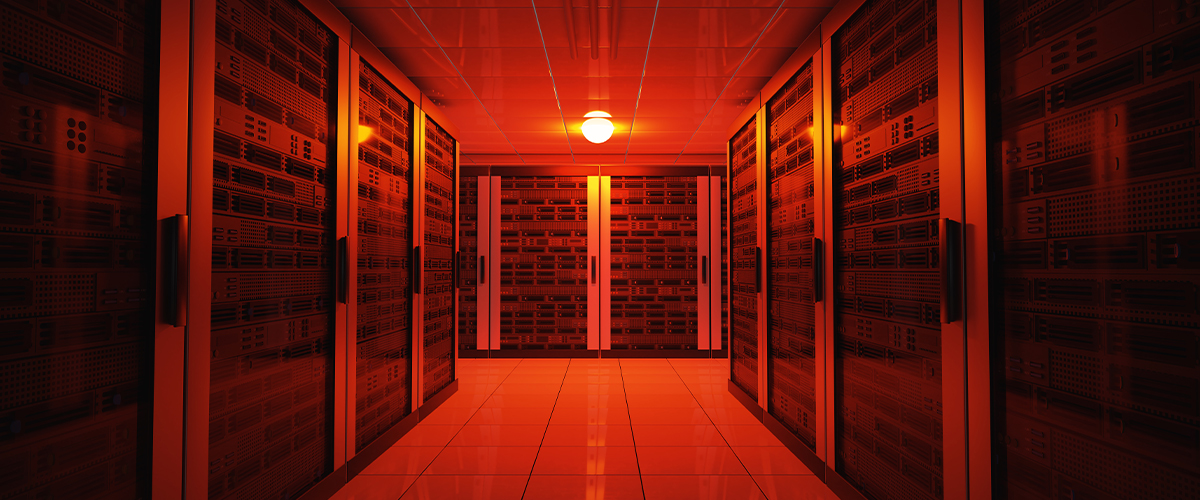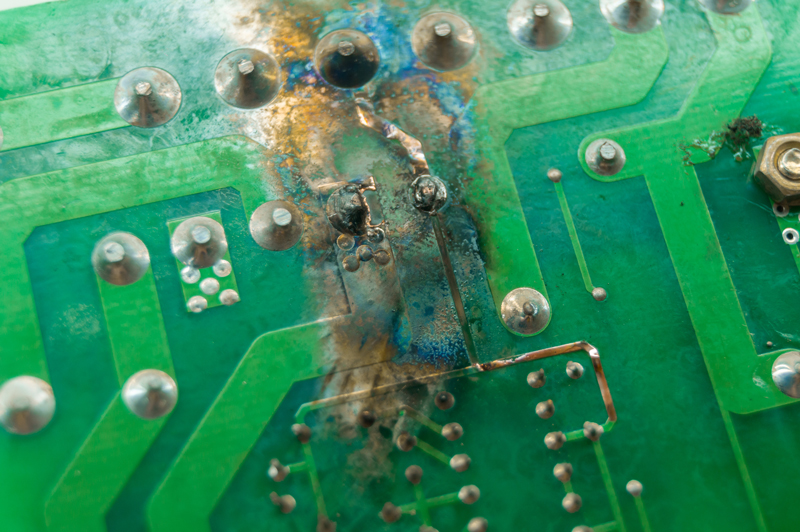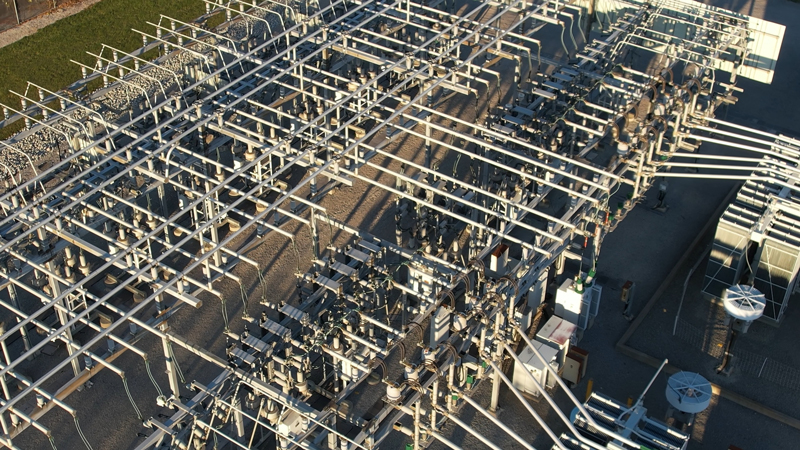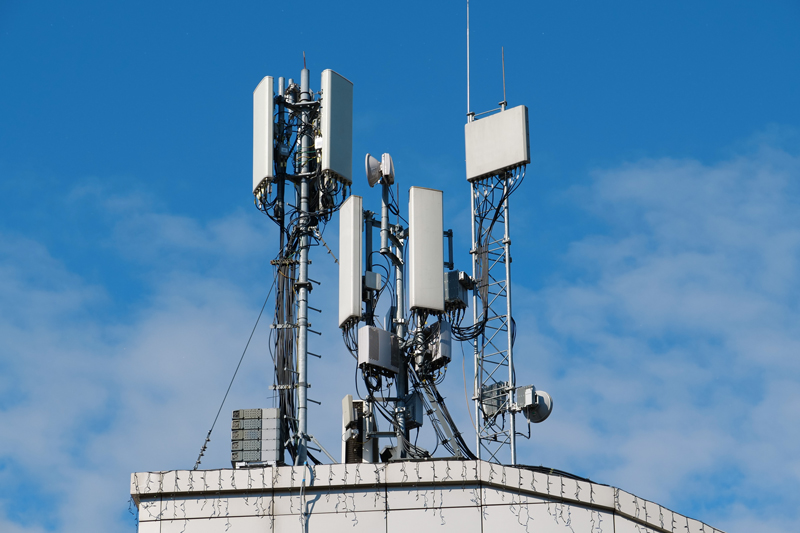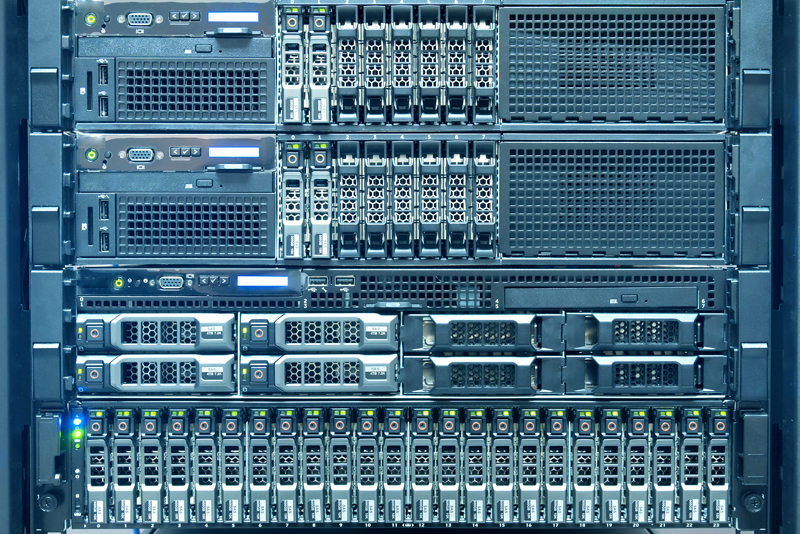Previous posts have looked at the military and government responsibility in safeguarding critical public infrastructure in order to survive a crisis stemming from an electromagnetic pulse (EMP). The fact remains that many critical societal functions are managed not by government agencies, but by private companies. Mobile communications, data centers, product distribution and logistics, as well as air travel are some of the essential functions of modern life operated by companies — all of which could experience a total shutdown in the event of an EMP.
This post will look at the types of companies most likely to protect their own infrastructure to ensure viability through an EMP-generated grid failure.
The Conditions of a Prolonged Grid Failure
In recent years, blackouts have been experienced as mild inconveniences. Within a few hours, grid operators find the source of malfunction and restore service. These small incidents might cause corporate leaders to underestimate the scope of the EMP threat or promote the idea that only local governments or utilities need to prepare for such contingencies.
Should the electric grid fail over an entire region due to an EMP event, it is likely that a large region of the US would experience a prolonged grid failure. In addition to a longer and potentially harmful period without power, all sectors would immediately face many more disabling effects.
Why would a pulse event lead to more complications than a typical blackout?
Multiple Points of Grid Damage
Rather than a single malfunction, grid equipment throughout the network would be permanently damaged after a pulse event and may need replacement at many locations. This could require weeks, if not months or years.
A pulse would differ from an ordinary blackout in that it would not be just a matter of a quick fix then flipping the grid back on. It would almost certainly mean many days without power — affecting food and water supplies and hindering police and hospital capabilities.
Electronic Devices, Computers Rendered Inoperable
In addition to a failure in bulk power, most applications that use power could be irreparably damaged. An electromagnetic pulse would permanently short-circuit conventional electronics, immediately causing a loss of:
- Telecommunications
- Internet service
- Cars and trucks — since electronic programmable logic controllers (PLCs) are now embedded in most modern vehicles
- Database record access at financial institutions, datacenters, hospitals, and governments
- Radio frequency communications (CBs, radio & television)
- GPS functionality and other satellite-reliant communications
Wide Scope of Damage
The third difference is geographic scope. All three national grids of the United States could be overloaded by a single pulse event either from natural solar phenomena or from weapons already held by several rival powers. Aid and rescue might not come readily from neighboring regions or Federal agencies, as it does natural emergencies, since these organizations might also experience the same debilitating effects.
Essential Companies in an Emergency
Given this dramatic threat potential, here are some of examples of corporations that should consider adopting electrical and electronic infrastructure protection:
Utilities and Energy Companies
While some electricity suppliers in the United States are municipally owned cooperatives, other areas rely on the private sector for generation and distribution.
Companies involved in electricity as well as natural gas and other energy sources are highly reliant on electronic and electric infrastructure. Protecting their critical systems maintains the functioning of the power grid. Not only should they protect equipment from pulse-level surges, they also need to adopt contingency measures to repair overheated equipment and restore power in the event of disaster.
Financial Institutions
If a bank loses all of its records, does it still exist? Banks and financial institutions rely heavily on electronic systems for transactions, data storage, and global communication. Disruptions or damage to these systems could have severe financial and operational consequences on two levels:
On the micro scale, individual account holders and businesses that have all their resources stored as electronic records rather than hard currency may be left with no way to pay for goods during the aftermath.
On the macro scale, there is a possibility that large financial institutions lose vital patron databases as well as backups in distributed cloud datacenters. This could pose an existential threat to the entire institution.
Telecommunications Providers
A complicated question arises about the potential damage of a real pulse event to mobile phone service. Like banking and currency, much of society’s communications have migrated to digital networks. A pulse event may have varying effects on the phones themselves, so a portion of the devices may survive.
However, these still rely on larger infrastructure, which is susceptible to the induced high-voltage surges of an EMP. The major components of the network — towers and antennas, Base Station Controllers (BSCs), Mobile Switching Centers (MSCs), and Network Operation Centers (NOCs) would need extensive hardening to remain operational.
Ensuring the availability of these privately owned networks would be vital to rescue and recovery efforts, government agency coordination, and national security efforts.
Government and Defense Contractors
Corporations that work closely with government agencies, especially in the defense sector, may consider EMP protection to safeguard sensitive military and national security information. Some agencies have outsourced support activities to contractors that may be needed in operations related to command and control communications or the mobilization of disaster response teams.
Hospitals
Hospitals, clinics, and healthcare facilities depend on electronic medical equipment, patient health records, and communication systems. Protecting these systems is critical for existing patient safety as well as to handle the aftermath of a prolonged EMP blackout, with an overflow of victims from waterborne and foodborne illnesses or malnutrition. While most hospitals are equipped with backup generators for blackouts, on average these systems may only have energy supplies for four days. In a prolonged grid failure, hospitals could in fact lose all operational capability if power or water sources remain off for several days.
Airlines
Airlines and airports rely heavily on electronic systems for navigation, safety, and communication. Each plane as well as the central hub of an airport’s traffic control must protect against overloaded circuits prior to an EMP event for air travel to continue.
The resumption of air operations —even if limited — would be essential for humanitarian and infrastructure restoration efforts.
Data Centers and IT Companies
Data centers and IT companies that host critical data and services for various industries. In small blackouts they may not lose data because copies of the information are distributed among several storage centers. In remains to be seen whether a widespread regional grid failure affecting several datacenters as well as powerful surges on cables would cause massive loss in data. For this reason, computing centers ought to consider EMP protection measures.
Commerce and Logistics
Large retailers and e-commerce platforms have built out complex electronic systems for inventory management, transactions, and logistics. Protecting these systems would mean quicker operational recovery following an EMP event, preventing significant financial losses. Delivery of essential items for survival, like food and medicine, may hinge on the usability of these private transportation resources.
Ways to Mitigate
An electromagnetic pulse capable of overloading the grid as well as computing and electronics would spell disaster over a wide area. Companies that survive may be the ones who planned for the worst.
Fortunately, new technical solutions are now available to shield higher voltage stations from excessive current as well as heavy-duty filters for individual computing, data storge, or other critical electrical equipment. In addition to infrastructure upgrades on electronics of strategic importance, companies can adopt protocols to recover and repair assets and eventually restore normal service.
While certain industries are more likely to prioritize EMP protection, any organization that relies substantially on electronic infrastructure should assess its vulnerability to EMP events and consider appropriate mitigation measures based on its specific needs and risk assessment.
For more about EMP filters, view the introductory white paper from TSS USA Manufacturing:

